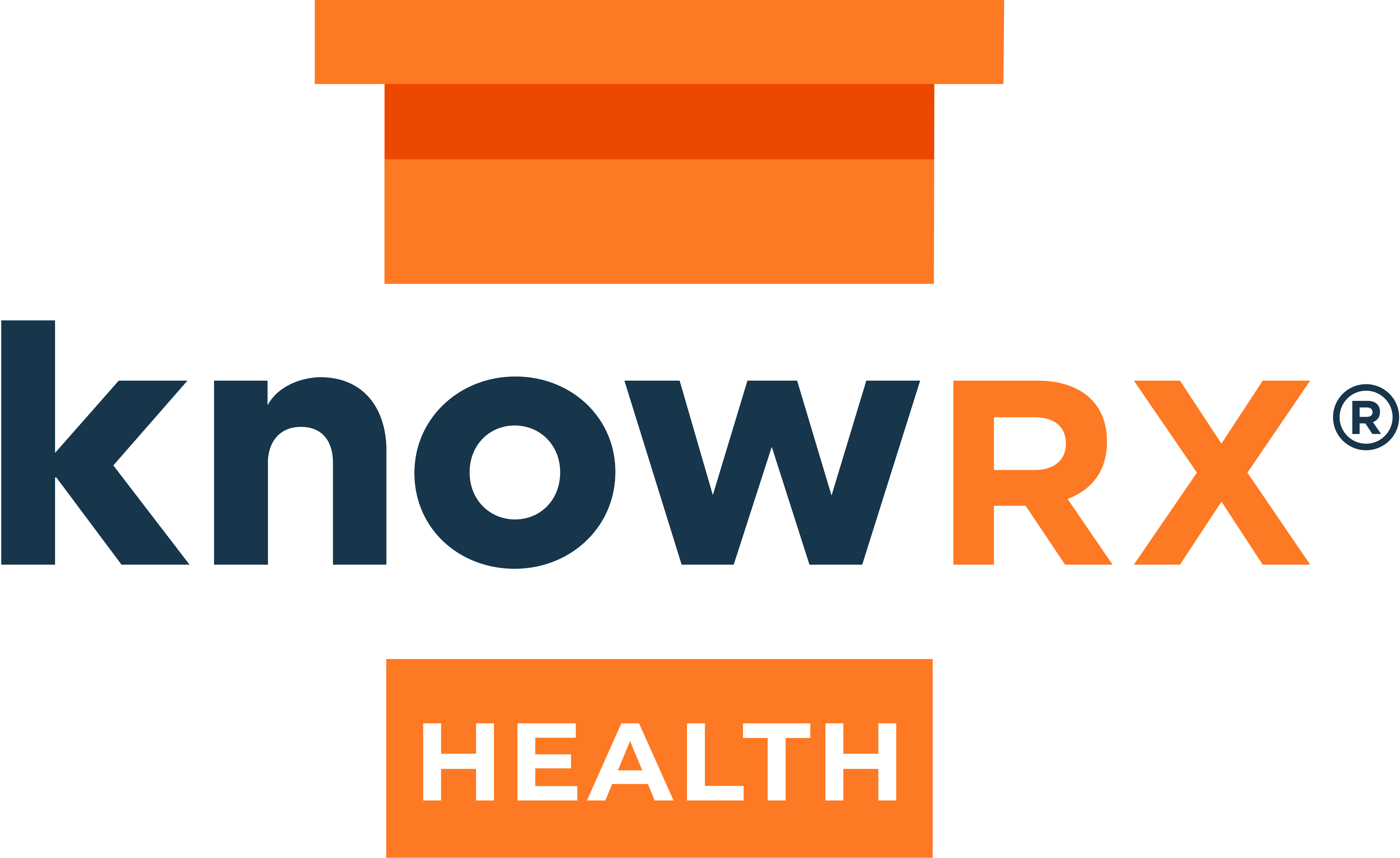
The Unexpected Connection: A Story of Awareness and Safety
Meet Lysa, a busy professional juggling work, family, and her health. Recently prescribed medication for a chronic condition, Lysa felt confident she was on the right track. Weeks later, however, she began experiencing unusual fatigue and swelling in her legs. She brushed it off as stress or the result of her hectic lifestyle, never considering her medication might be involved.
One evening, as her symptoms persisted, Lisa decided to revisit the medication instructions and warnings. She looked everywhere for the printed prescription label but couldn’t find it. Frustrated and concerned, she remembered that her prescription details had been digitized through The Owl App, a tool she had downloaded when she first filled her prescription.
When Lysa opened The Owl App, she quickly found the digital version of her label. As she read through it, she noticed that fatigue and swelling were listed as potential adverse effects of her medication. This realization prompted Lysa to act. Armed with this information, she scheduled an appointment with her healthcare provider to discuss her symptoms.
Why Understanding Your Prescription Label Matters
Your prescription label is more than just a set of instructions—it’s a detailed guide to ensure your medication is used safely and effectively. Understanding each section of the label can help you recognize potential risks and maximize the benefits of your treatment.
Key Sections of Your Prescription Label:
Adverse Effects:
These list potential side effects, ranging from common symptoms like nausea to rare but severe reactions such as allergic responses or organ damage.- Example: According to the FDA, adverse drug events lead to over 1 million emergency department visits annually in the U.S.
Contraindications:
Contraindications highlight specific situations where the medication should not be used, such as during pregnancy, while nursing, or in patients with certain medical conditions like liver disease.Dosage and Timing:
Proper dosage is critical for the medication to work effectively. The label specifies the amount to take, the frequency, and any timing considerations (e.g., mornings vs. evenings).With or Without Food:
Some medications are absorbed better with food, while others can lose their effectiveness or cause stomach upset if taken during meals.Special Instructions:
Instructions may include warnings about combining your medication with alcohol, operating machinery, or potential drug interactions.
How The Owl App Enhances Label Awareness
The Owl App ensures patients like Lisa always have their prescription label accessible, making staying informed and proactive about their health easier.
- Digital Access Anytime: You can instantly view your prescription details at home or on the go in The Owl App.
- Personalized Education: The app highlights critical sections of the label, like adverse effects and contraindications, tailored to your specific health profile.
- Symptom Tracking: Log symptoms in real time and compare them against the listed adverse effects to identify potential concerns early.
- Smart Reminders: Receive alerts about timing, dosage, and special instructions to stay on track with your medication regimen.
Recognizing Adverse Effects: The Hidden Risks
Adverse effects can develop gradually; without awareness, they may be mistaken for unrelated health issues. Lysa’s fatigue and swelling, for example, initially seemed like the result of stress. Without reviewing her medication label through The Owl App, she might not have connected these symptoms to her prescription.
How to Stay Prepared:
- Digitize Your Labels: Avoid misplacing critical information by storing your prescription details in The Owl App.
- Log Symptoms Mindfully: Monitor and record any health changes to help identify patterns.
- Engage Your Provider: Share The Owl App’s insights with your healthcare provider to foster better discussions about your treatment plan.
The Role of Machine Learning in Medication Safety
knowRX leverages machine learning to enhance tools like The Owl App and improve patient safety:
- Real-Time Alerts: The app notifies you when logged symptoms align with known adverse effects.
- Data-Driven Insights: Aggregated real-world evidence (RWE) helps healthcare providers identify broader trends in medication risks and benefits.
- Stronger Patient-Provider Collaboration: By sharing app-generated insights, patients can engage in more meaningful conversations with their providers.
The World Health Organization (WHO) estimates that medication errors cost $42 billion annually worldwide. Tools like The Owl App aim to reduce these errors by empowering patients with real-time information and insights.
Lysa’s Lesson: Awareness Leads to Action
Lisa’s experience underscores the importance of understanding and accessing your prescription label. By using The Owl App, she was able to:
- Recognize her symptoms as potential adverse effects.
- Access her medication label when she needed it most.
- Partner with her provider to adjust her treatment plan, improving her quality of life.
Take Control of Your Health with The Owl App
Lysa’s journey highlights how tools like The Owl App can empower patients to take charge of their health. With The Owl App, you can:
- Digitize and securely access your prescription label.
- Stay informed about adverse effects, contraindications, and instructions.
- Engage in mindful symptom tracking and meaningful provider conversations.
Don’t wait for unexpected symptoms to escalate. Start using The Owl App today to stay informed and proactive.


